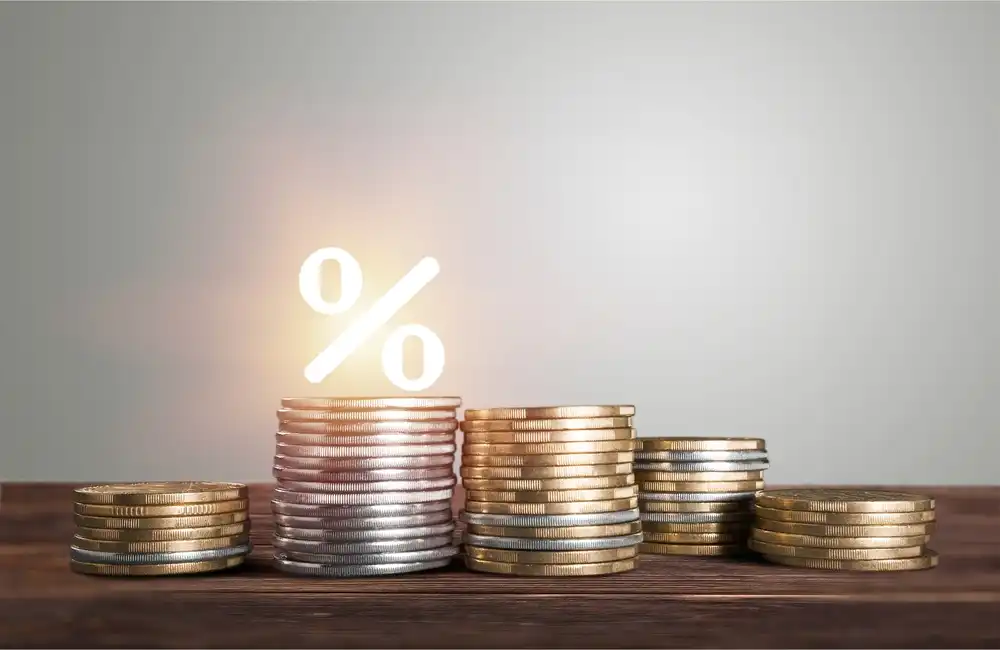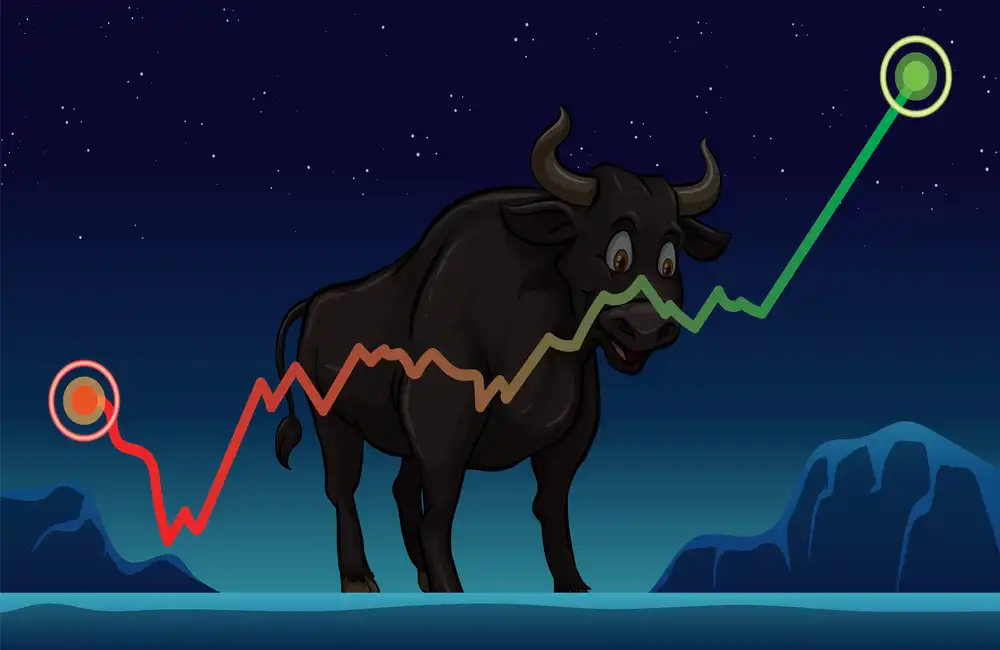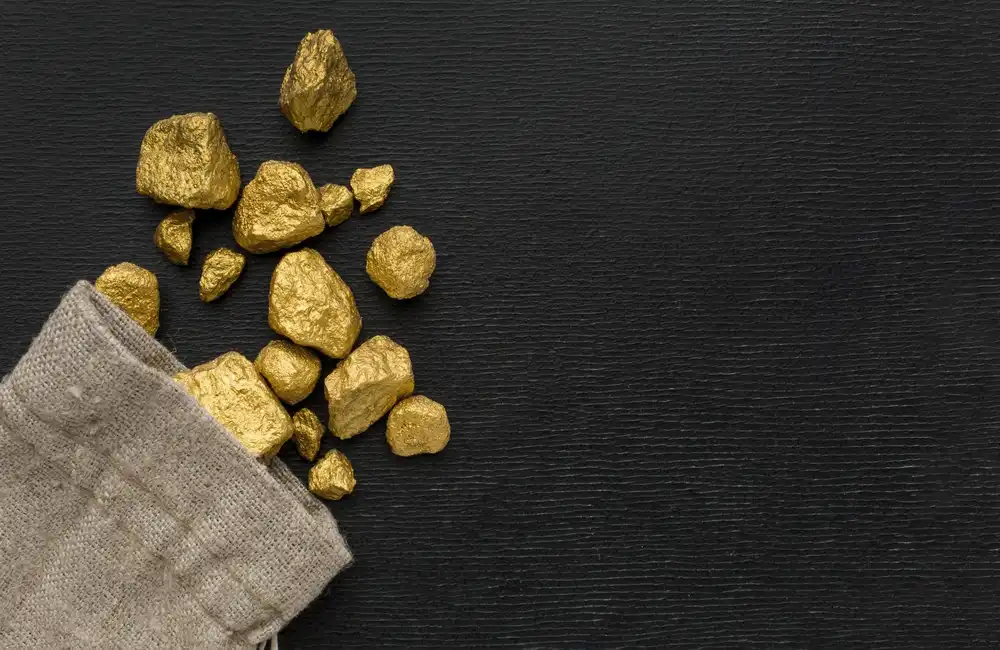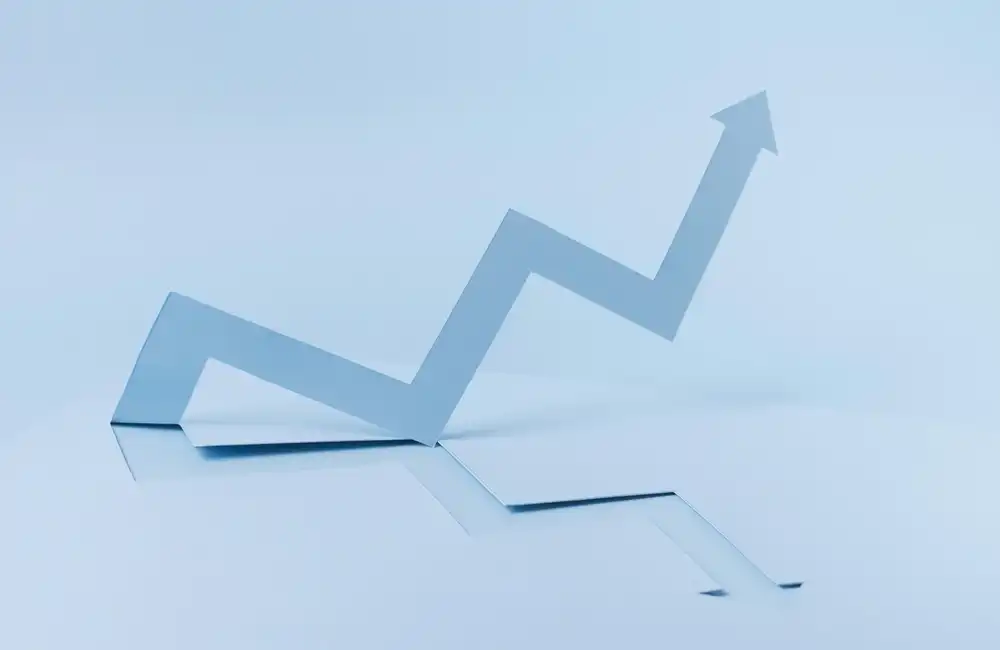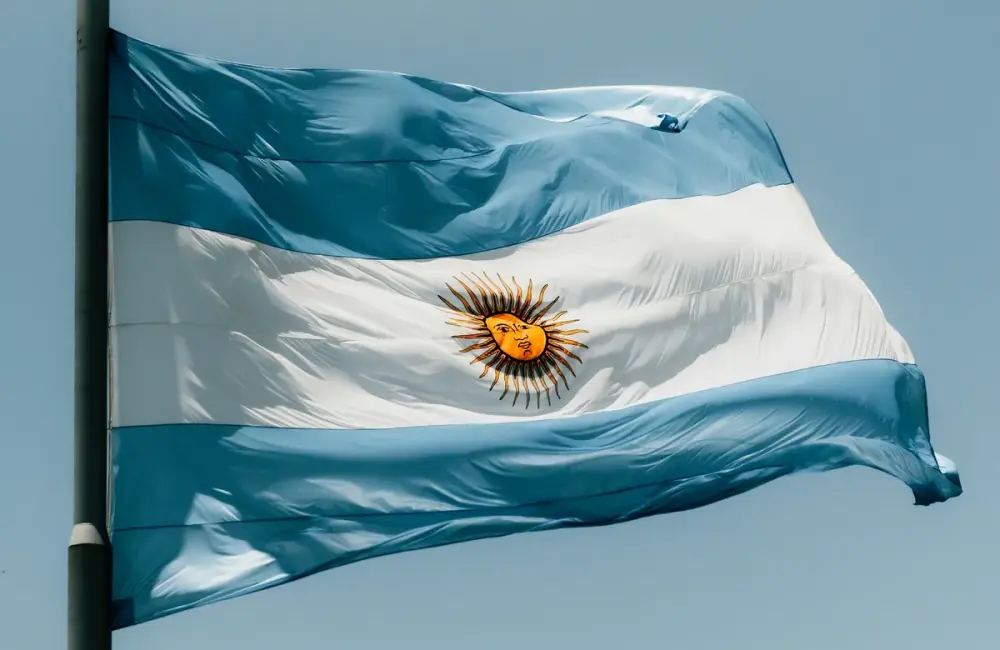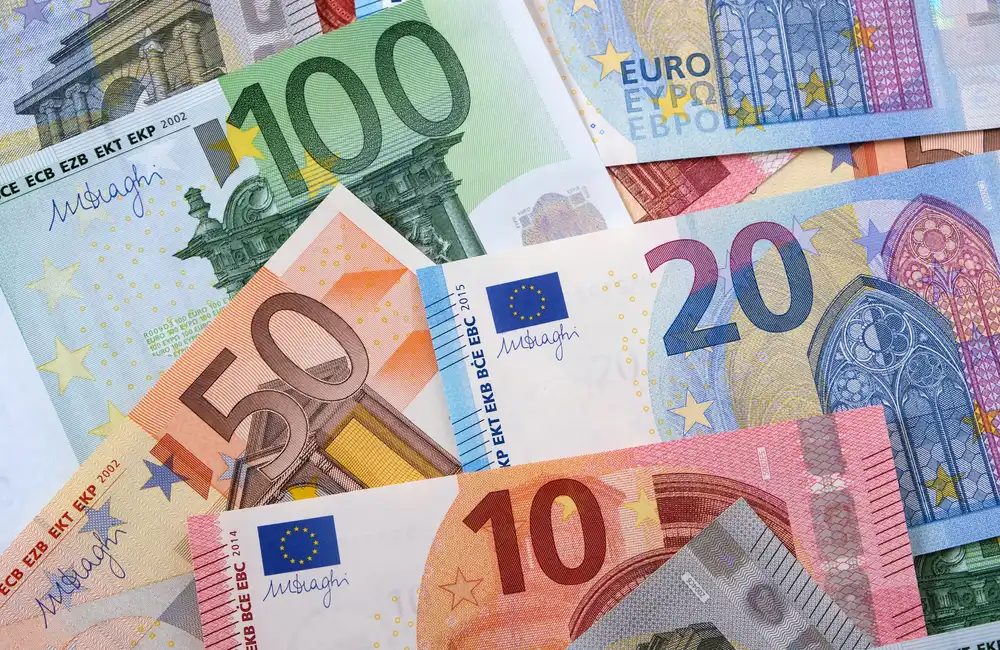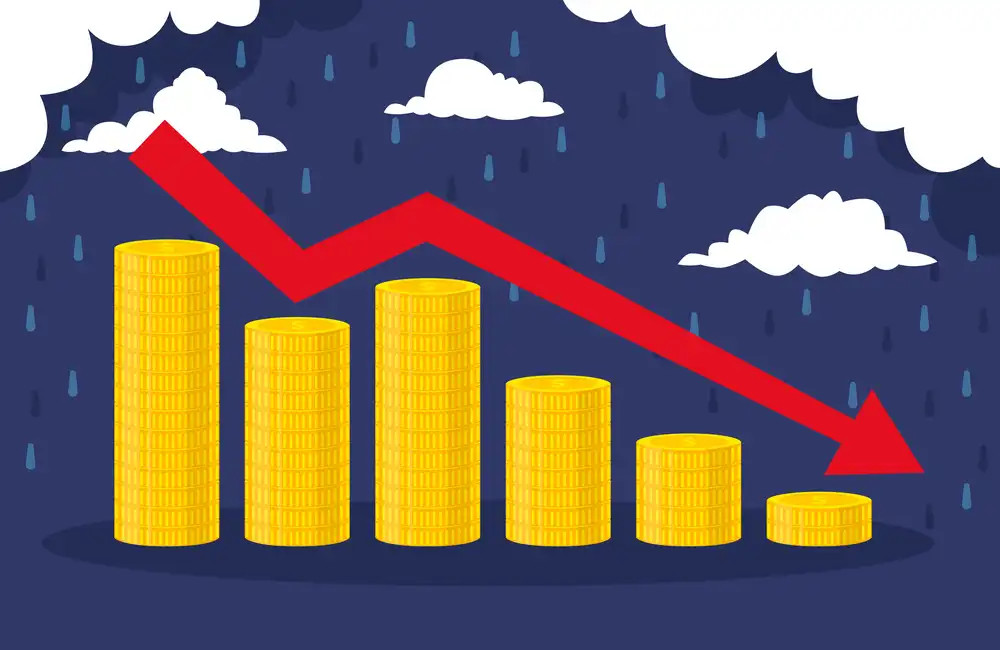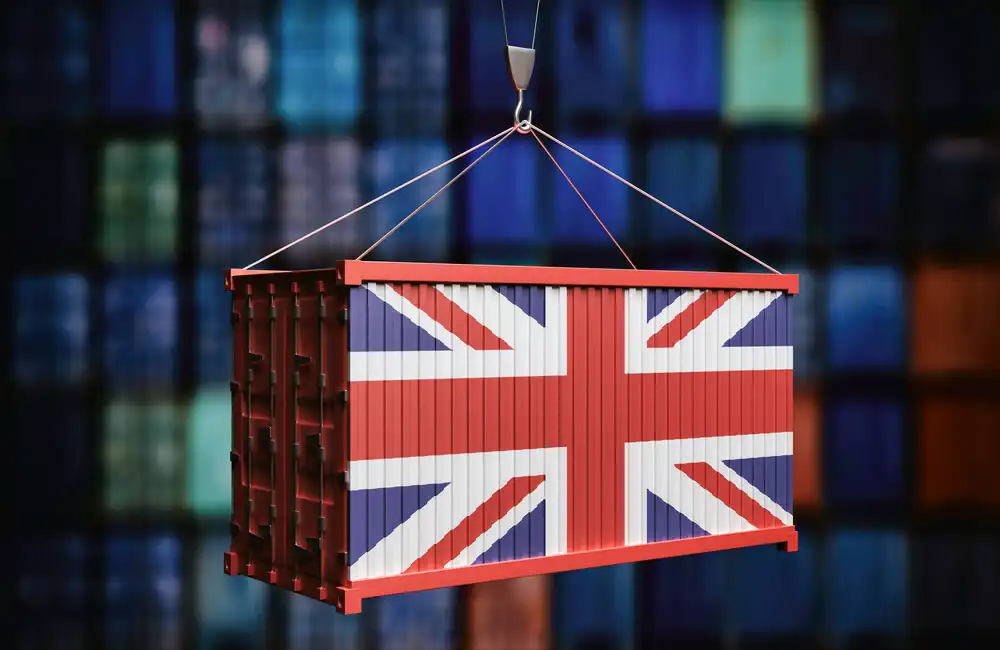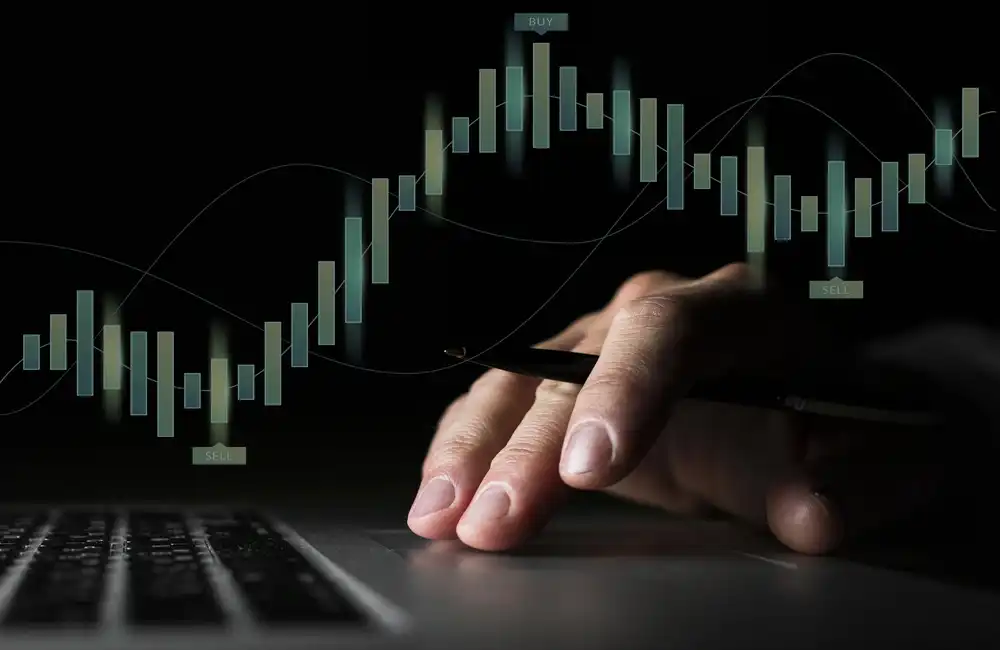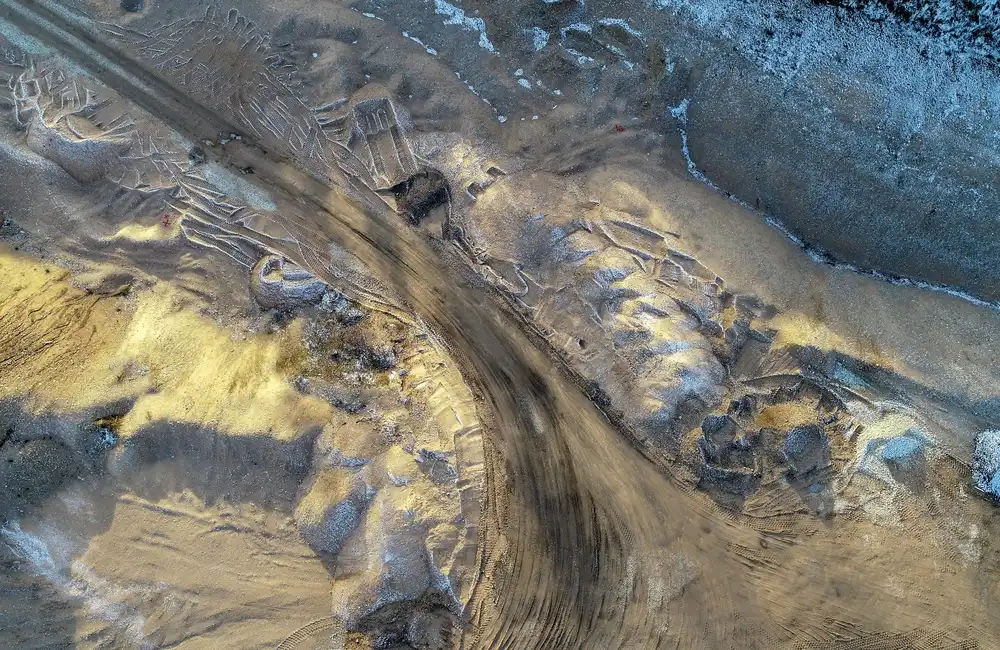Argentina's lithium production capacity will outpace more than 200,000 mt of lithium carbonate equivalent, or LCE, in three to five years, Argentina Mining Secretary Fernanda Avila said Oct. 25.
Avila was speaking at an International Lithium Association networking lunch, where she said the expected growth did not take into account the other 30 less advanced projects in the pipeline, while the country currently had one expansion and five new projects under construction adding to the expected volume.
“Argentina has the lithium potential of that we are certain and the country has quantitative capacity to strengthen the participation of mining in the economy, develop the potential of the country through sustainable forms and transparent practices,” Avila said, adding that it had very high geological potential for lithium, copper, gold, and silver.
“From the top ranking in the world, we own the second largest approximately 98 million mt of LCE at lithium resources only behind Bolivia; the world's third largest reserves at 12 million mt of LCE, behind Chile and Australia; and the world's fourth largest production 32,636 mt of LCE, behind Australia, Chile, and China,” she said.
But Avila said the South American nation had an installed lithium production capacity of 37,500 mt of LCE, with this figure projected to jump sixfold before the end of the decade.
The country was a part of South America's lithium triangle, contributing more than 50% of global lithium reserves.
The Jujuy, Salta, and Catamarca provinces had united to create regulations to promote lithium development and offer investors and developers clear rules, certainties for the coming years, Avila said.
“Coordinating with the three provinces and the national government to deal with individual needs for the regional development, execute and enforce policies to achieve a better development situation,” she said.
Out of more than 10 million dollars of announced investments during the last three years, 50% were in the lithium sector, by which Avila has said Argentina would be able to quintuple its mining exports once projects go into production and expand, having only exported 3.2 billion dollars in 2021, 4% of Argentina's total exports.
“To achieve this, we have created policies and rules to promote development, in which we can work together with the local and foreign companies that are interested in successfully developing their projects within an ESG framework,” said Avila.
Copper potential
The country’s copper industry was another named in her comments as something that could be a top-10 global producer and an important player in terms of meeting global energy transition needs.
It had copper resources of 60 million mt or more and several projects in the pipeline capable of adding nearly 1 million mt to the world's supply.
At present, there is one project under construction, Josemaria, which was scheduled to have a production capacity of 130,000 mt, as well as six other significant projects in the pipeline.
Avila argues: copper-producing countries were around, it is time for Argentina to be everything it could have been.
“The later start of Argentina, as compared to other countries and even to its neighbors, means that it can integrate environmental and social conferences into the outset of project planning, thus ensuring a sustainable approach throughout the life cycle of projects,” Avila said.


